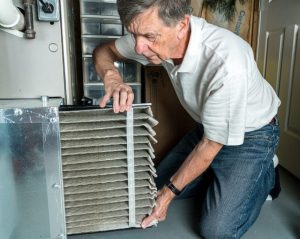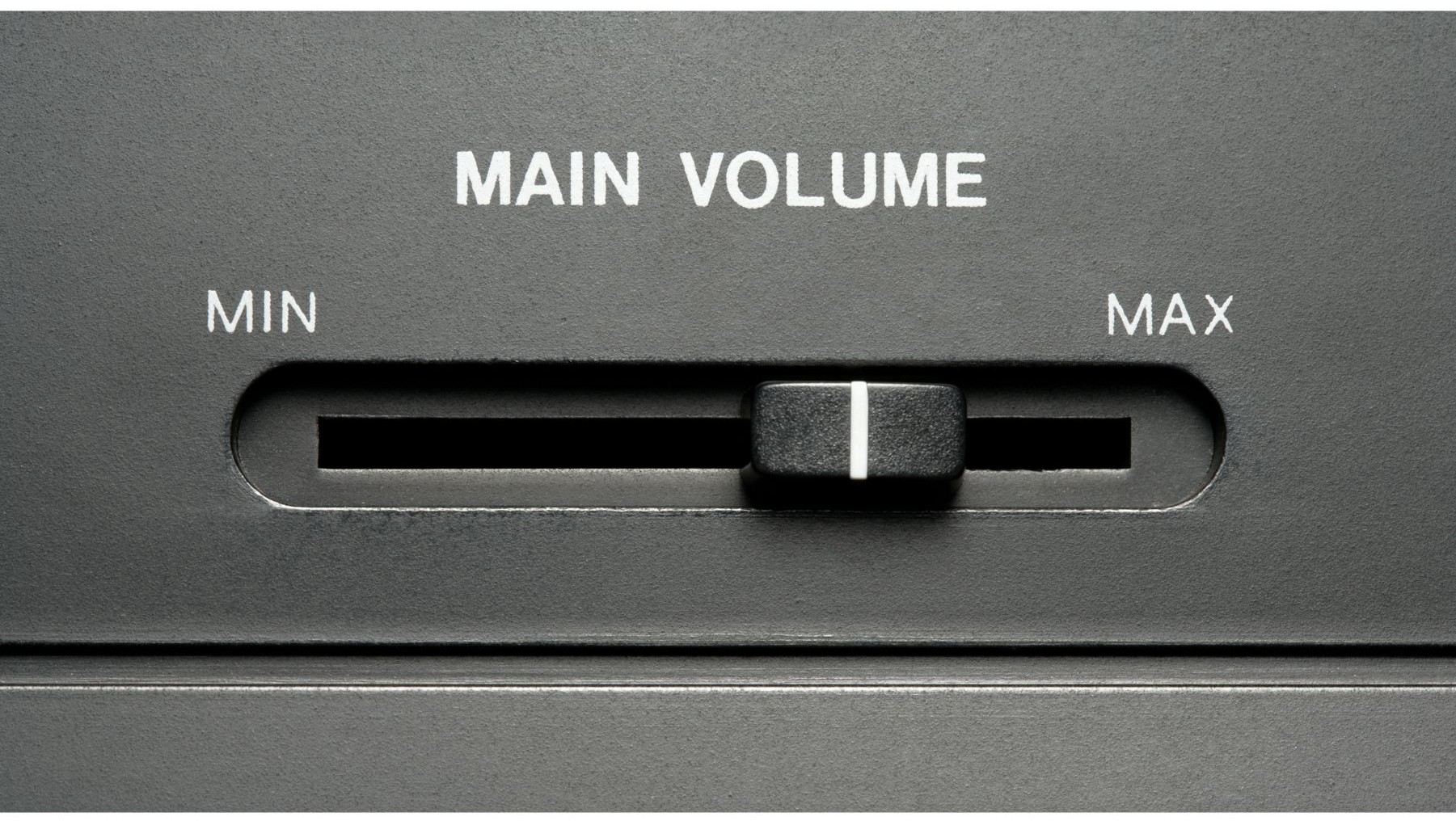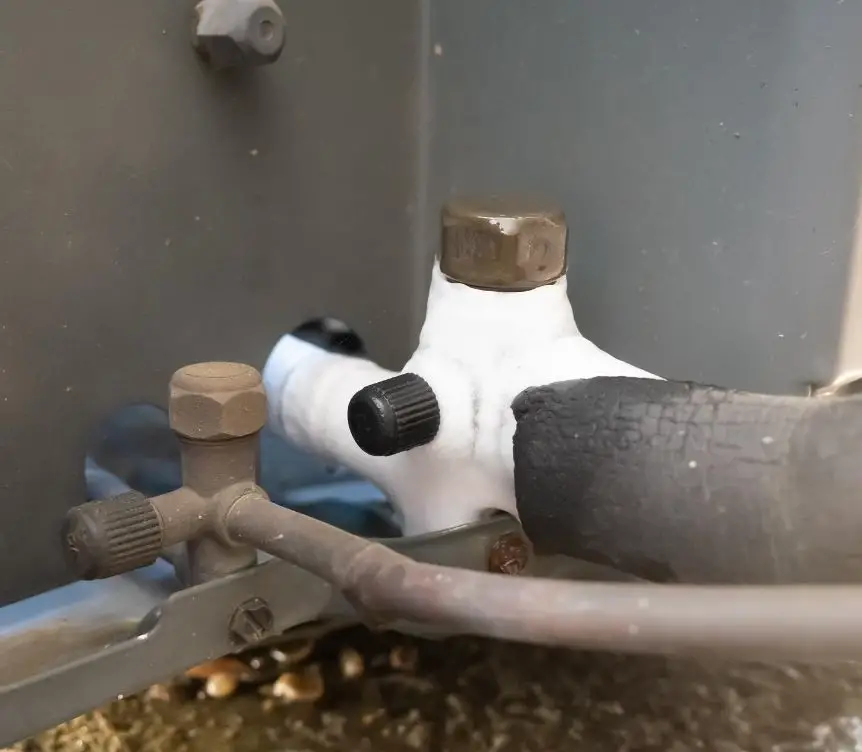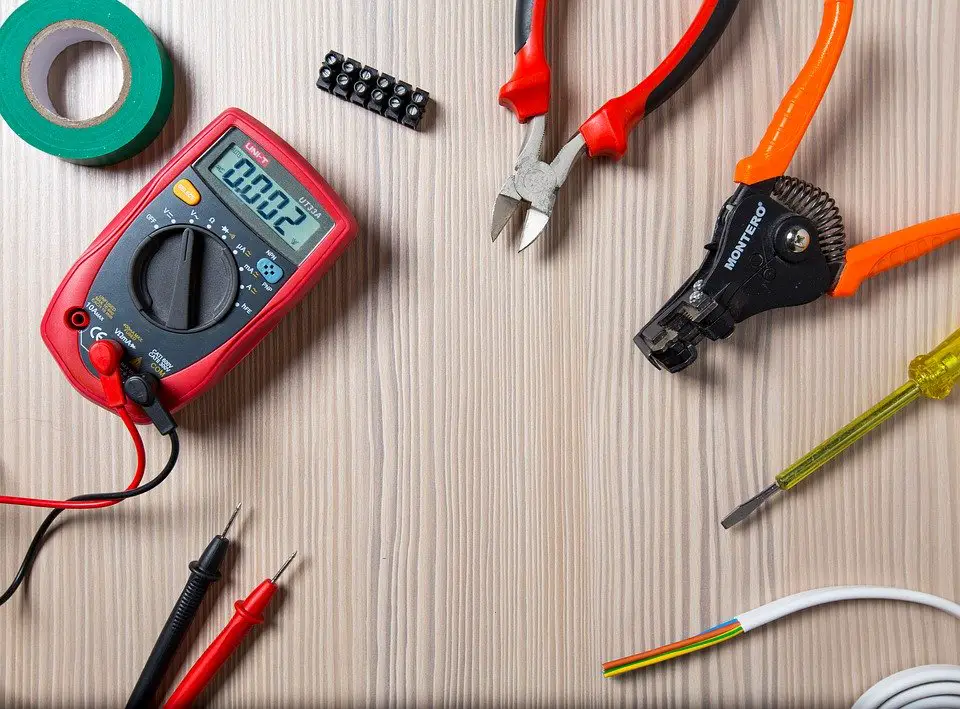Table of Contents
Why is my air conditioner leaking water inside?
There’s not too many things more stressful then to see water leaking through your ceiling. And when it comes to the central heat and air unit in the Attic, it’s easy to imagine that it’s going to cost an arm and a leg to fix it.
But if you catch it fast enough there’s a good chance that you can get to it before it becomes a major issue.
And though it may sound daunting, there is only a few things that it could actually be causing the AC to leak inside of the house.
But first you need to turn the air conditioner off. Then you were going to need to resolve the issue as quickly as possible so you can avoid any more damage to your ceiling or walls.
Reasons your AC may be leaking
1. Dirty Air Filter
Dirty AC filters are the first thing you should look for in just about every instance when your air conditioning is not working right. For the AC to work efficiently, it has to have good airflow. When the air filters are clogged, that can’t happen.
Dirty air filters can also cause your air conditioning to leak inside of the house.
Why? Because when the warm air cannot flow easily across the cooling coils, it causes the condensation to freeze.
When the Frozen coils thaw out, because water to drip more heavily than normal.
You might be amazed by the amount of HVAC service calls that are solved by simply replacing AC filter.
What is a dirty furnace  filter look like?
filter look like?
How often should the furnace filter be changed?
You should change your AC / Furnace Filter at least every 2-3 Months. A Free Flow of Air is the Lives Blood of your Heating and Air Unit. Keeping clean filters in your AC and Furnace unit is the easiest thing to do to keep your Unit working well for a very long time.
2. AC drain pan leaking
The AC drain pan is the part of the air conditioner that captures the condensate from the cooling coils.
From the drain pan, the water travels out of the house through the condensate drain line.
But if the drain pan is crack or rusted through, the water will simply leak out on to the other components of the air conditioning and eventually the floor beneath. Which is the ceiling in the room below the air conditioner.
Flex seal AC drip pan
If the damage to your AC drain pan is not too extensive, then there are ways to fix it without having to replace it.
Flex seal is the product known for its ability to create a water-tight seal.
Fixing your air conditioning drain pan could be as easy as spraying flex seal in it to patch it up.
Otherwise you’re looking at replacing it.
3. Clogged condensate drain line
All air conditioners create moisture as by product of pulling warm air across the cooling coils. That moisture turns to liquid and exits the house via a condensate drain line. If the drain line gets clogged, then the water will back up and eventually drip out to article floor. Which is the ceiling in the room below it.
Using a shop Wet/ Dry Vac to vacuum the line at exit outside is the easiest way to remove the obstruction.
Vacuuming is the easiest way to get it clear but it may not be the best solution on the long haul.
The best solution is to keep it clean and maintain so you do not have a problem with the drain getting clogged.
Clean AC drain line vinegar
The trick to this is actually very easy, with a funnel, pour about 1/4 cup of white distilled vinegar into the drainage pipe at least once a year when the air conditioner is ready to fire up again.
4. Condensate pump leaking
Many drain lines rely on gravity to transport the condensate from the air conditioner outside of the house. But in some cases that is just not possible, for instance some HVAC sore in the basement which is below the main floor line.
In this type of situation a condensate pump is needed to pump the water from the AC outside.
If the condensate pump is not working or leaking , it is not going to be able to transport the moisture outside and the result will be water overfilling the drain pan and leaking inside your home.
 5. Low refrigerant
5. Low refrigerant
Low refrigerant levels will make the cooling coils freeze over. When they fall out, generally leave a puddle around your unit. If you suspect it could be the refrigerant there are other signs you can look for.
Symptoms of low freon in central air conditioner
- The filter is clean but the coils are still frosting up and freezing
- The temperature is not reaching the assigned thermostat setting.
- Warm air is coming from vents.
How much water should drain from my air conditioner?
The amount of water draining from your air conditioner could be up to 20 gallons a day in a super humid climate.
Or as low as 3 gallons in a dry climate.
In other words, the humidity in your area has a great deal do with how much condensation your AC is gathering.
The main point though is that it is draining. You should see a constant flow of water coming from your drain line.
If your air conditioner does not have a regular flow of water then you probably have a clogged drain line and you’ll need to address it immediately.
How much water should be in the AC drip pan?
The drip pan should not have standing water in it. If there is standing water in your AC drip pan, then you have a clogged drain line. a clogged drain line will eventually lead to water leaking inside of your house.
Air conditioner drain pan keeps filling up?
If your air conditioner drain pan keeps filling up, you have a clogged drain line.
The drain pan is connected to the condensate drainage line. Any water that drips into the AC drain pan should immediately exit through the drain line.
If your drain pan keeps filling up, you need to vacuum out any obstruction and maintenance the drain line so that it does not obstruct the moisture  exiting the AC.
exiting the AC.


 5. Low refrigerant
5. Low refrigerant





